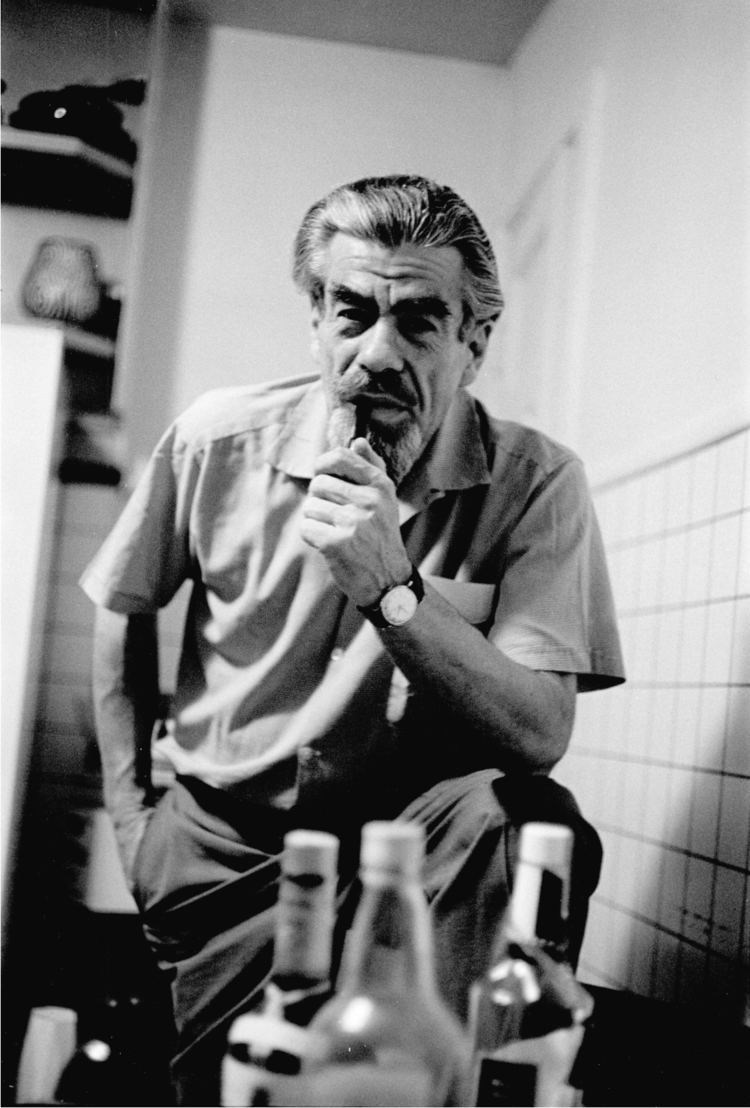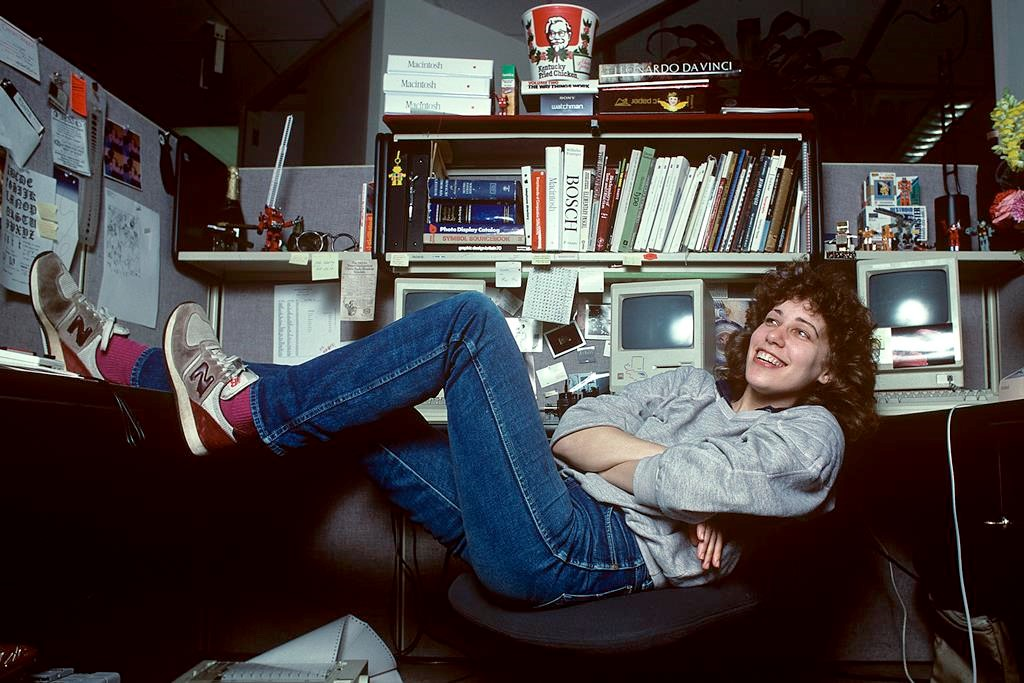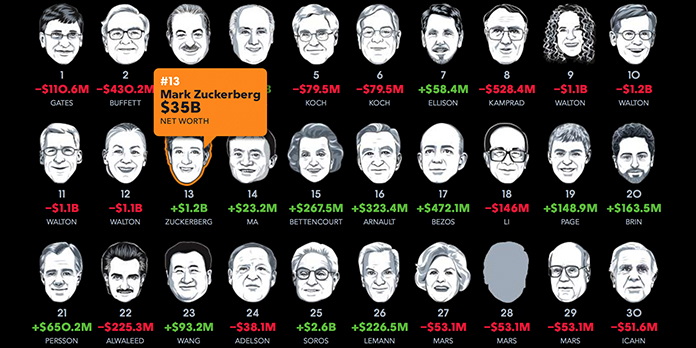Canadian Design Today

Canadian-born Graphic Designer Carl Dair is primarily self-taught in his craft. Dair is a typographer, typographic designer, teacher, and writer. He got his first job at eighteen years old working in advertising layouts for the Stratford Beacon-Herald. In his career, he would become internationally known for integrating design principles innovatively in typography and inspiring many with his design philosophy.

During his career, Carl Dair garnered a fair amount of success from his design work. He designed typefaces Cartier, Raleigh, and Cartier Book. He’s also made numerous publications, including books like ‘Design with Type’, ‘A Typographic Quest’; and ‘Gravers and Files a film Dair directed.

Over three decades of work as a graphic designer, Dair would inspire people with his personal design philosophy where he valued “inspired typography” as the most important factor for any means of visual communication. He would also inspire many as a designer and teacher with his standard of excellence in his craft. Overall, I enjoy his use of white space and creativity in handling typographic elements in his work. I hope to experiment with how I handle typography in the future and will be using him as reference.
Citations:
“Carl Dair, FGDC.” GDC (Graphic Designers of Canada) | Carl Dair, FGDC, https://www.gdc.net/fellows/carl-dair-fgdc.
“Carl Dair.” The Canadian Encyclopedia, https://www.thecanadianencyclopedia.ca/en/article/carl-dair.
“Carl Dair.” Wikipedia, Wikimedia Foundation, 21 Feb. 2022, https://en.wikipedia.org/wiki/Carl_Dair.
Image Citations:
“Carl Dair – Alchetron, the Free Social Encyclopedia.” Alchetron.com, 21 Feb. 2018, https://alchetron.com/Carl-Dair.
“DHIS-310-SU90-2016-Canadian Design History/Theory – Term II.” Week 5 B -Graphics, Typography & Package Design: Canadian Skill, Carl Dair, Henry Eveleigh, Toronto, 1950, https://courses.ecuad.ca/mod/book/view.php?id=64394&chapterid=22757.
Indigo Books & Music, Inc. “Design with Type.” Indigo.ca, https://www.chapters.indigo.ca/en-ca/books/design-with-type/9780802065193-item.html.













